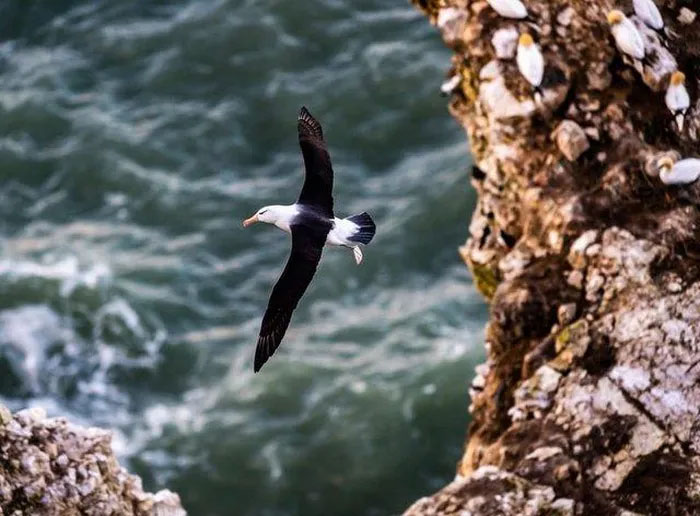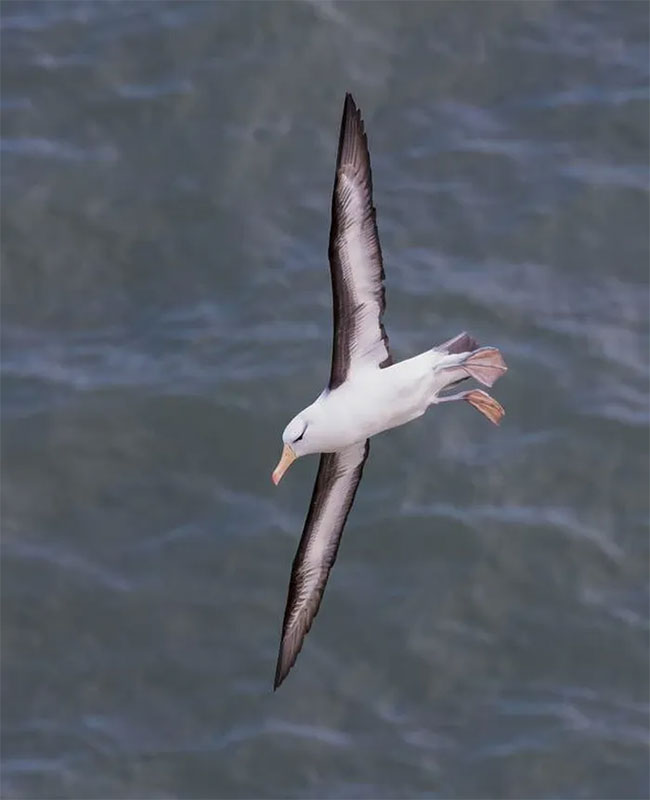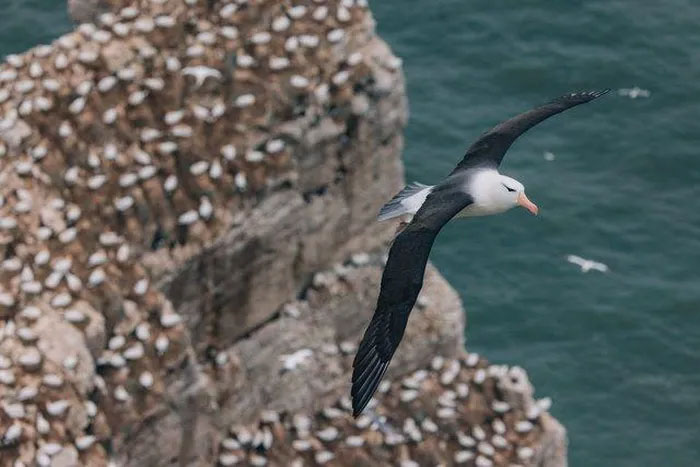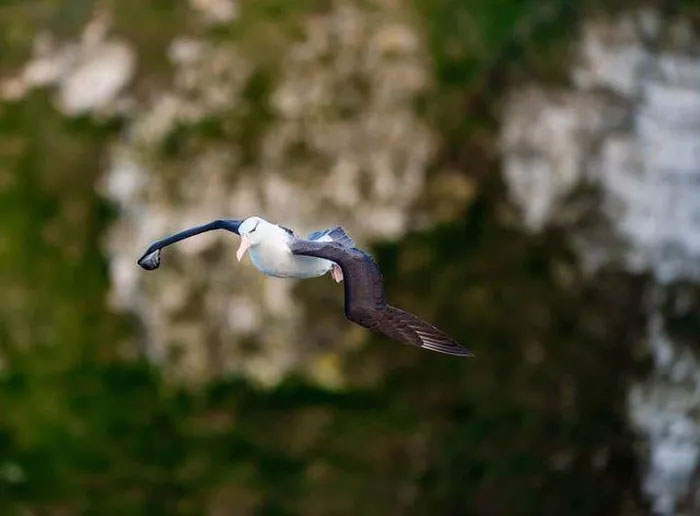Albie will never be able to return home, seek a mate, or any of its kind again.
Last July, the only albatross in Europe returned to Yorkshire, England. Nicknamed Albie, this special albatross is believed to have lived in the Northern Hemisphere since 2014. It became so famous that Albie’s annual flight journey is closely monitored by scientists, zoologists, and the media. However, the reason Albie is well-known is not a joyful one: it is recognized as the “loneliest bird in the world.”
The Lonely Albatross
Albert, also known as Albie, belongs to the large albatross species, which is the largest and most common bird in the albatross family. Albie does not have any distinct physical features compared to millions of its fellow species. Yet, it is known for its puzzling existence: Albie lives in Europe.
Albie is a brown-black feathered albatross, currently around 10 years old, with an average size and a wingspan of 200-240cm. Its gender has not been determined, despite being given a rather masculine name.

Albatross is known for being a monogamous animal.
Large albatrosses, or any type of albatross, are never found in Europe specifically and the Northern Hemisphere in general. Albatrosses are marine birds that can only live in the Southern Hemisphere. They primarily inhabit the waters of the South Atlantic and North Pacific Oceans. However, for some unknown reason, Albie appeared in Europe, on land, in the Northern Hemisphere and has remained here for many years.
It is believed that Albie was blown off course by strong equatorial winds and could not return to its habitat due to the vast distance. Despite its persistent flying for years, Albie could no longer return to the sea. It is unlikely that it will ever get home again, as the equatorial winds are quite gentle, and the chance of encountering a strong enough wind to “blow” Albie back to the Southern Hemisphere is very slim.

Albie’s homeland could be in the waters of the Falklands and South Georgia.
Albatrosses are known for being monogamous, meaning that pairs will stay together for life and can sometimes be together for up to 70 years. For Albie, being the only albatross in Europe means that it will forever be unable to find a mate or even any friends in its lifetime.
A Journey Followed by the World
The albatross Albie is often seen at the RSPB Bempton Cliffs Nature Reserve during the summer and has returned here after some time spent flying in nearby areas. Since being accidentally discovered by scientists in 2014, Albie has been closely monitored.

Albie will live forever without any of its kind.
Though it is free to live in the wild, being the only albatross in Europe makes Albie’s whereabouts easy to track. Following Albie’s journey has become a hobby for many birdwatchers and wildlife enthusiasts. Even some celebrities have visited Albie when it was discovered residing at the Bempton Cliffs Nature Reserve, including writer Bill Oddie and actor Samuel West. Albie has become a “crowd-puller” for this reserve. People come to Bempton Cliffs just to search for the “loneliest bird in the world” soaring in the sky.
Albie’s solitary journey is quite predictable. In addition to regularly residing at Bempton Cliffs, it is spotted near the North Sea in Germany and in Northern Europe during the winter.


Albie maintains its solitary journey each year.
The RSPB Bempton Cliffs Nature Reserve is home to half a million seabirds. Occasionally, Albie is seen “keeping company” with puffins, razorbills, and even penguins, but none are of its kind and can truly accompany Albie. Nevertheless, Albie continues to soar proudly and freely in the sky, continuing its solitary journey forever.


















































